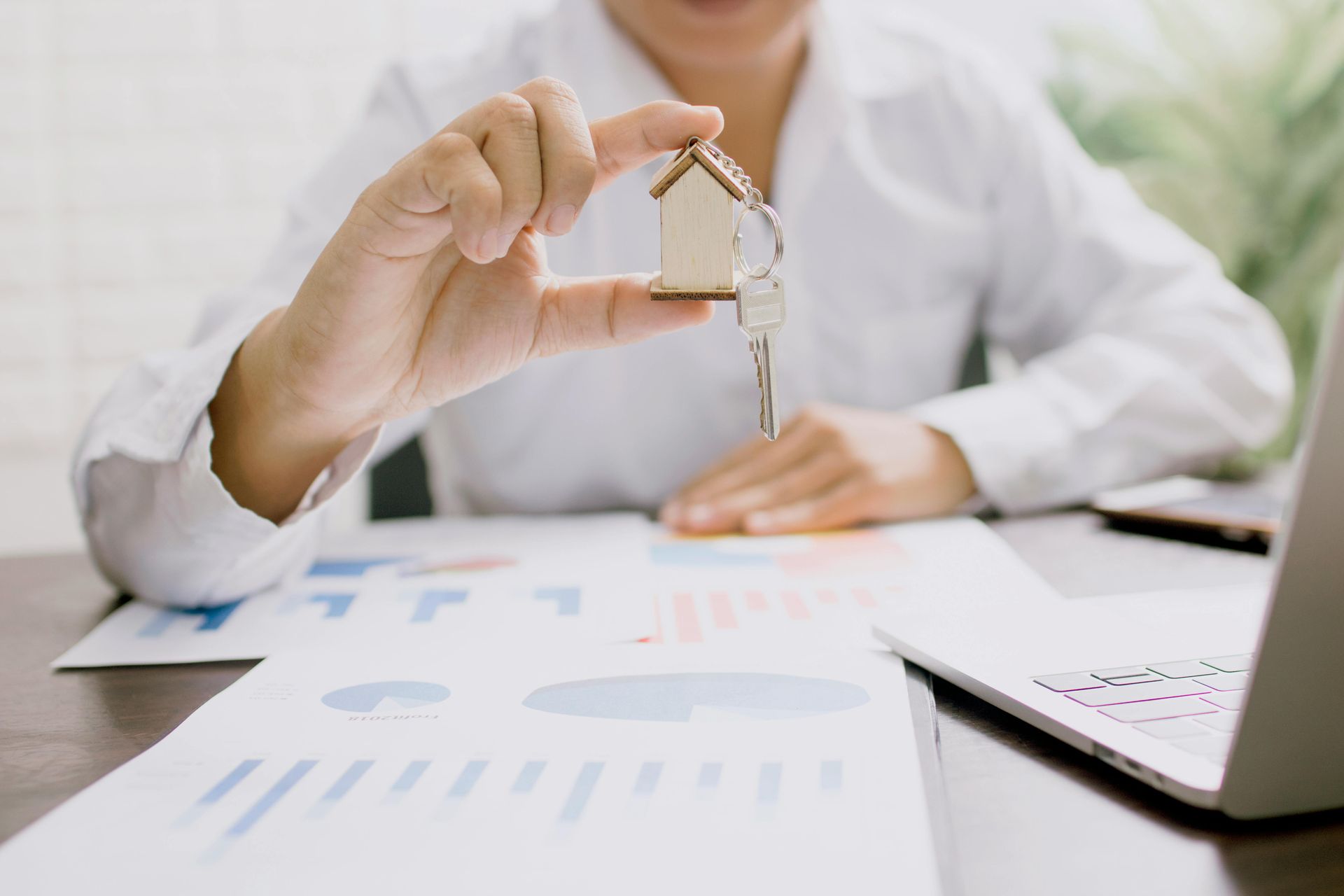
Property professionals often rave about the incredible benefits of real estate investing – the capital growth, rental income, and long-term wealth building.
But what about the stuff they don’t mention?
The challenges, risks, and hidden downsides that can make property investment a bit more complicated?
If you’re serious about investing, you need the full picture.
Let’s dive into the side of property investing that no one likes to talk about but every smart investor should know.
Keep reading to find out!

1. Returns Take Time – Think 30 Years!
When you invest in property, you need patience. Property takes time to grow in value, and if you buy just before a flat market cycle, it might take 30 years or more to see the returns you expect.
Compounding (where growth builds on itself) means that over decades, your investment can grow a lot, but you’ve got to hold on.
How to manage it: Don’t rely only on property for your retirement. Have other investments like shares or superannuation to cover your early retirement years, allowing you to keep the property longer and fully benefit from its growth.
2. It's Not Completely Hands-Off
Managing property takes a bit of time. Yes, it’s not as demanding as some people might think, but it’s not totally hands-off either. You’ll need to deal with repairs, maintenance, or tenants once in a while.
The good news is that these hassles are rare if you buy good-quality properties and hire a property manager.
How to manage it: Choose a great property manager and high-quality properties to minimise the time you spend managing them.
3. Low and Unpredictable Income in Retirement
Property doesn’t give you a lot of regular income. After covering costs like maintenance and taxes, your rental yield (income) is usually between 1.3% to 3.3% of the property's value.
Unexpected expenses, like repairs, can also make income from rent unpredictable.
How to manage it: Don’t depend on rental income alone, think capital growth.
Invest in property for long-term growth and rely on other income sources, like shares or super, for your retirement.
4. Property Isn’t "Easy to Sell"
Unlike shares, where you can sell small amounts whenever you want, property is an "all or nothing" game.
If you need to sell, you’ve got to sell the whole thing, which can be tricky if you want to manage taxes or reinvest the money wisely.
How to manage it: Keep savings in an offset account. This way, you have easy access to cash for emergencies without needing to sell the property.
5. Changes in Laws and Taxes
Property is heavily taxed by states, and laws often change. Recently, there have been changes in tenancy laws and taxes on landlords. This is a risk unique to property investment because governments rely on property for tax revenue.
How to manage it: Unfortunately, you can’t directly avoid this risk, but staying informed about changes and advocating for fair legislation can help.
6. It's a Huge Financial Commitment
Buying investment-grade property usually means borrowing a lot of money – often over $1 million, nowadays.
You have to be comfortable with paying off the loan while covering any cash flow gaps. It’s a big financial commitment, but over time, it can grow your wealth significantly.
How to manage it: Borrow wisely. Don’t stretch your finances too thin, and make sure you can manage the loan even if things change in your personal situation.
In conclusion, while property investment offers great opportunities for wealth-building, it’s not without its complexities. Navigating the risks, legalities, and financial commitments can be challenging. That’s why having the guidance of professionals – whether it’s property managers, financial advisors, accountants, mortgage brokers, or investment strategists – is invaluable.
Their expertise helps you avoid costly mistakes, optimise your investment strategy, and make well-informed decisions.
Ultimately, partnering with the right professionals ensures you’re set up for long-term success on your investment journey.

share to



